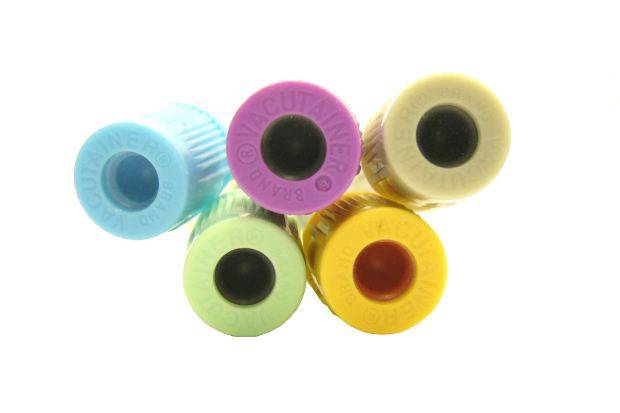KIT FOR THE GENOTYPING OF THE GENETIC POLYMORPHISM -250G / A OF THE LIPC GENE
Description
The involvement of the LIPC (hepatic lipase) gene in the development of arteriosclerosis as well as that of the common -250G / A polymorphism located in the promoter region is widely described in the literature. The method initially described for the genotyping of this polymorphism is based on the PCR-RFLP system, or genotyping by PCR and restriction, which is the one most commonly used for the individual analysis of most of the known SNPs. However, these methods have a series of drawbacks that are partially or completely solved by the present invention, referring to a set of primers, probes, procedure and kit for the genotyping of genetic polymorphisms, and more specifically for the genotyping of genetic polymorphism - 250G / A of the LIPC gene. Thus, the basic foundation of the present invention consists of a single PCR reaction in which the 5 'exonuclease activity of the Taq polymerase enzyme is used. Four oligonucleotides are present in the PCR reaction: two specific primers that weaken the polymorphism of interest and two fluorogenic linear probes, specific for each allele. These probes are labeled at the 5 'end with a reference fluorochrome, different for each probe, and a quenching molecule at the 3'. When the probes are intact, the signal emitted by the excitation of the reference fluorochrome is captured by the quenching molecule, due to the physical proximity between them, and therefore is not detected. The fluorescent signal, different for each allele, is detected when the probe hybridizes with the totally complementary allele and the reference fluorochrome is released, by the 5 '? 3' exonuclease activity of the polymerase, during the cycles of the PCR reaction.
Advantages
The main advantages of the present invention are:
-High speed that allows large-scale genotyping since the PCR reaction and the detection of the fluorescent signal are simultaneous.
-Automated genotype assignment and immediately obtainable at the end of the reaction.
-High sensitivity that allows samples to be genotyped using very low concentrations of DNA.
-Lower risk of contamination as it is a homogeneous test.
Uses and Applications
The present technology is useful for the study of genetic variability that affects most common diseases, among others, arteriosclerosis, being of great interest to the biomedical field.
Keywords
Sectors
Areas
Patent Number
ES2337751
Applicants
UNIVERSIDAD DE MÁLAGA
Inventors
MARIA JOSE ARIZA CORBO, JOSÉ RIOJA VILLODRES, PEDRO MANUEL VALDIVIELSO FELICES, MIGUEL ANGEL SANCHEZ CHAPARRO, PEDRO GONZALEZ SANTOS
Filing Date
22/07/2008
Protection Level: National (Spain)
Processing Status: Spanish patent








